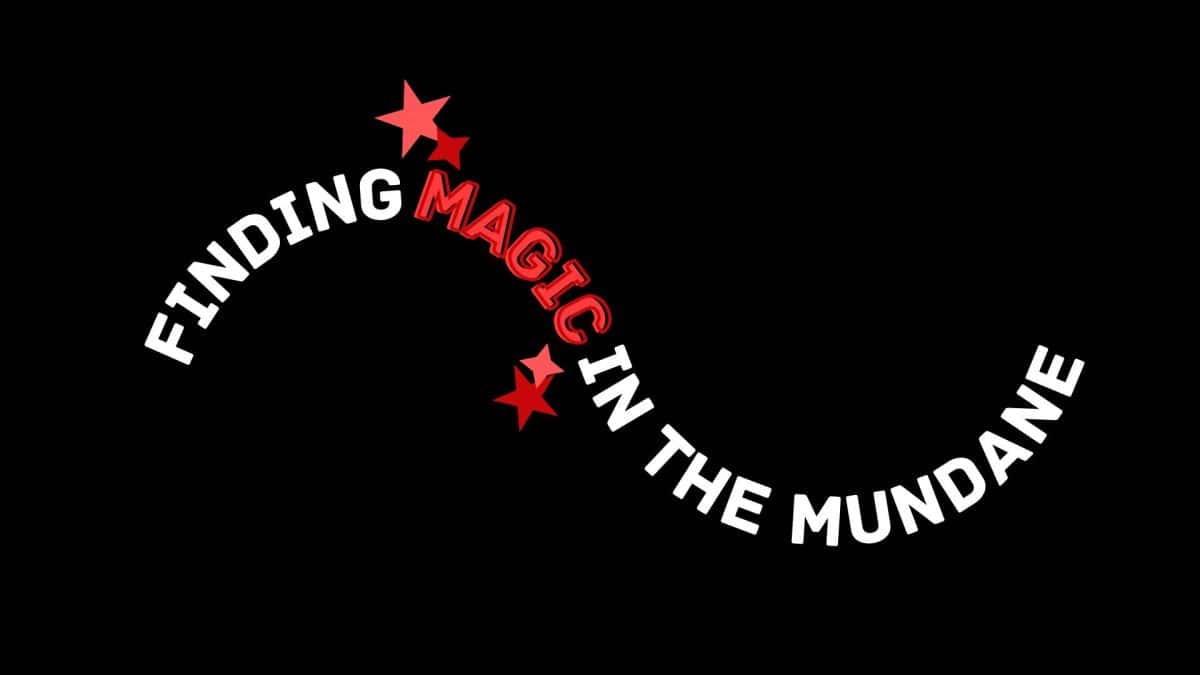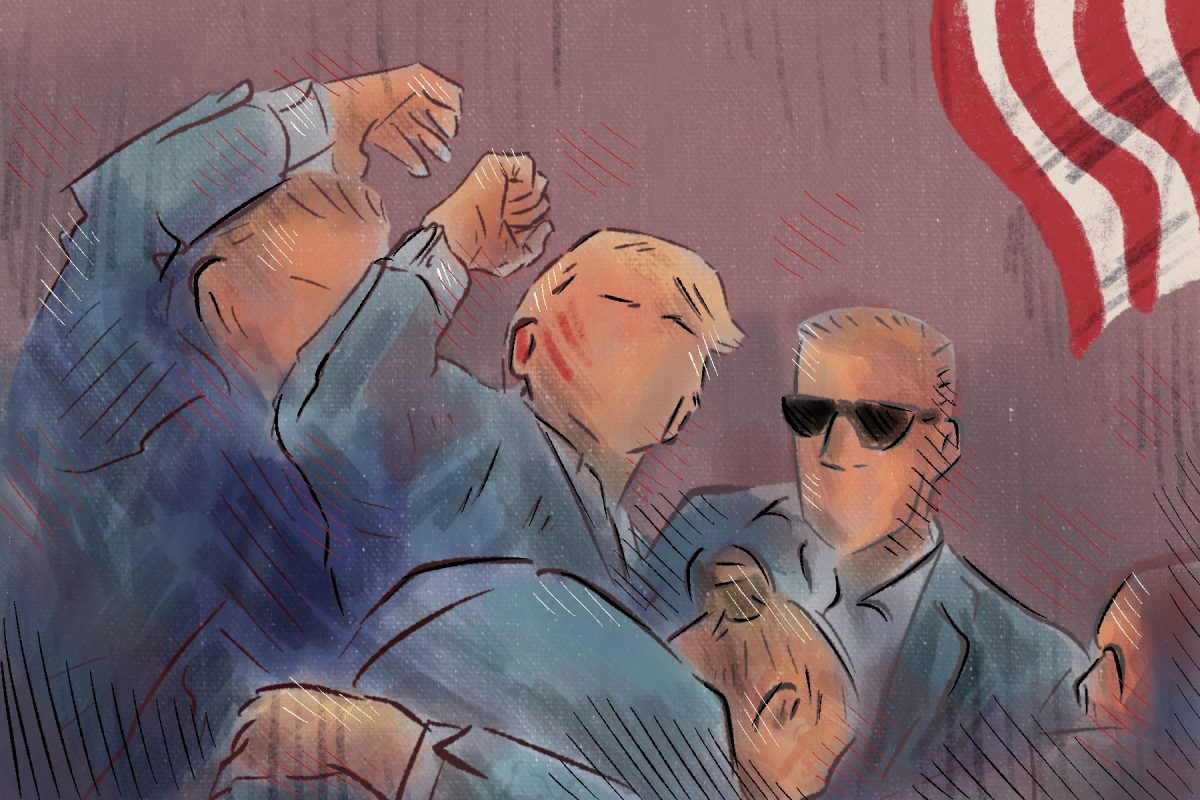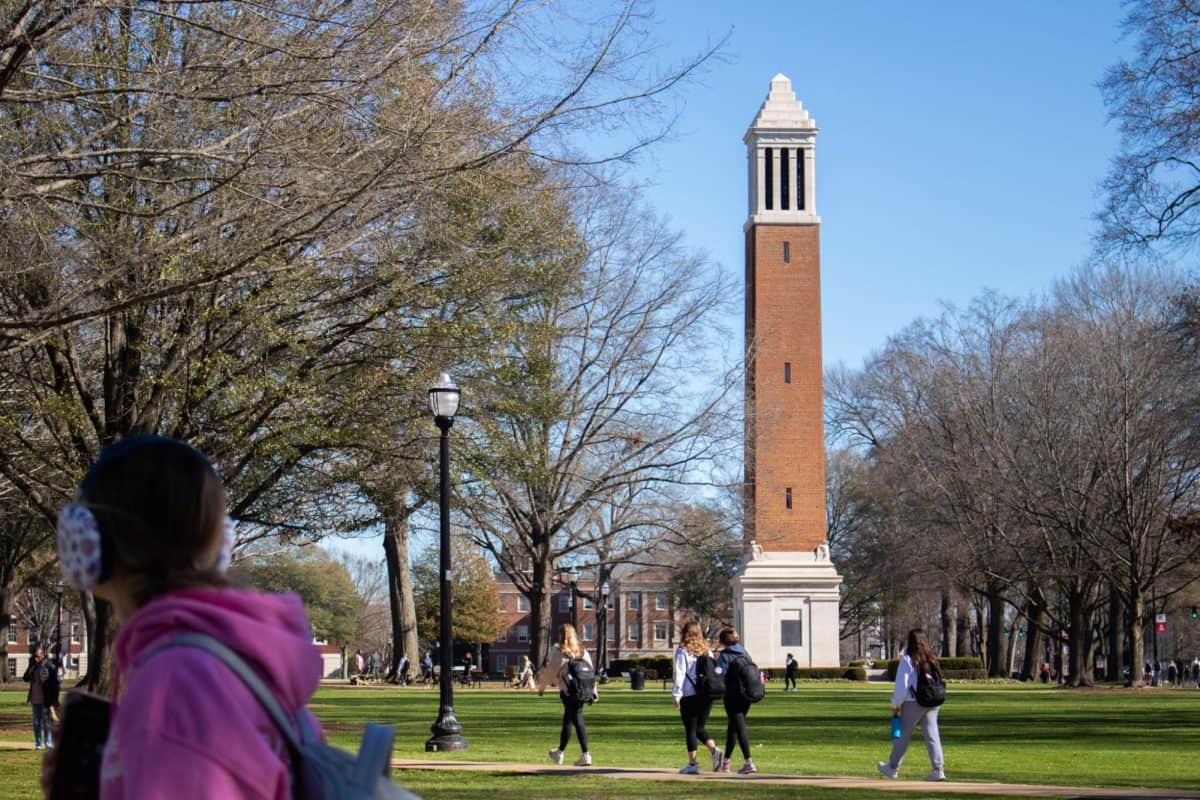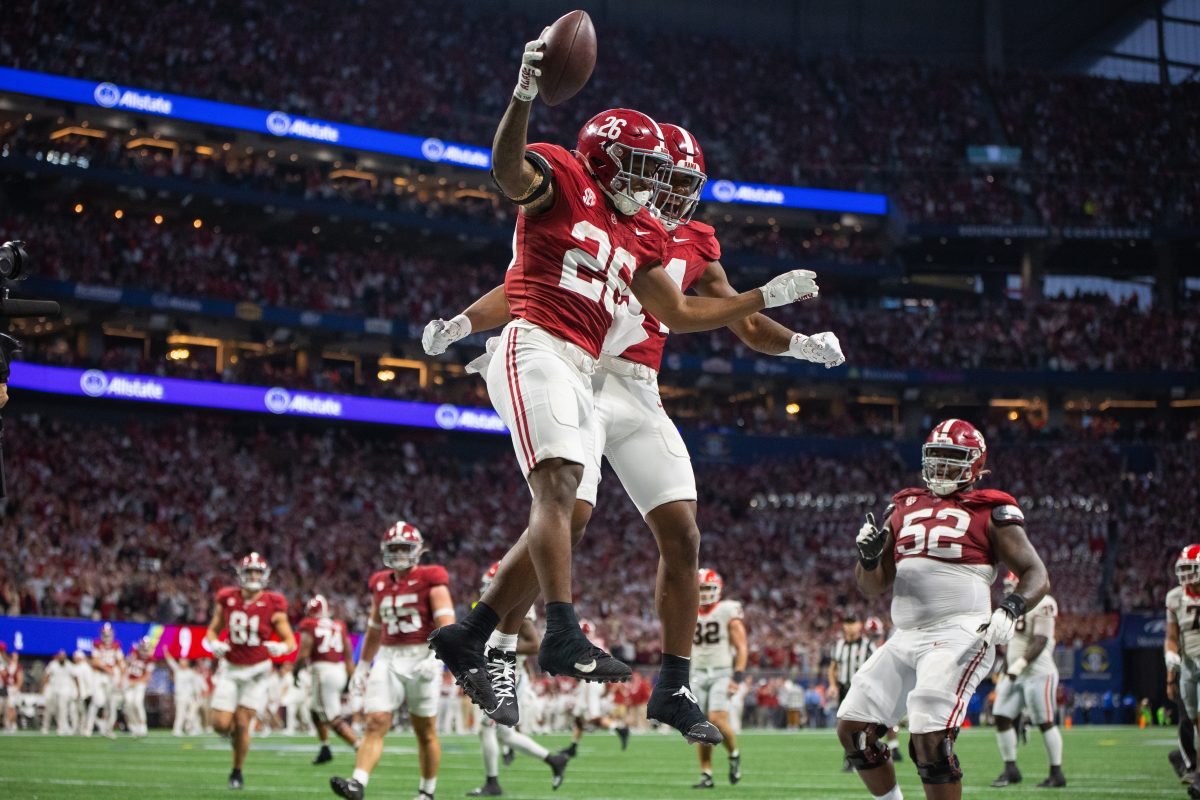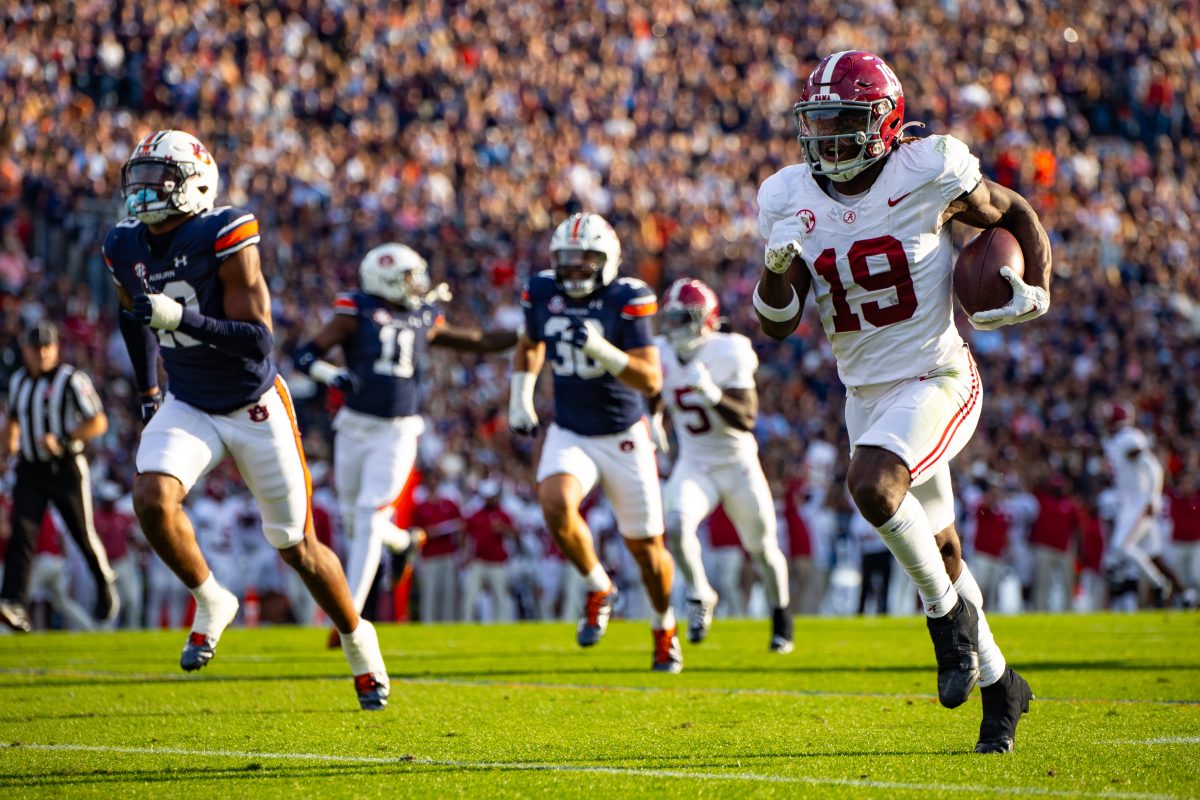The time has come and almost gone again. Brackets were filled, fingers were crossed, and all chaos ensued. Over six million brackets were filled in the ESPN Tournament Challenge, and over six million of them played with the idea of a perfect bracket — statistically a 1 in 9 quintillion chance. And after the second day, it was evident that no one would be close to that mark. However, looking forward to next season’s bracket, here are some obvious lessons to be learned from March Madness.
1. Ride teams that are hot: Teams that play well in their conference tournaments are more than likely to keep the streak going throughout the tournament. Last season, I took a chance on Connecticut to win it all after sweeping through the Big East tournament. Despite analysts refuting this pick by saying that Connecticut would be too fatigued to last a tournament, they marched their way to a title. Basketball can be a streaky game, and when a team gets hot, a certain chemistry forms that is hard to stop.
This year, Louisville and Florida State were two of the hottest teams in the nation coming into the tournament. I picked both teams to advance to the Final Four, and Louisville has proven this theory, while Florida State did the opposite. However, other teams such as Florida and NC State outperformed their seeding in large part because of finding their stroke at the end of the season.
2. Do not pick all five seeds to beat twelve seeds: This theory may be a general rule of thumb to most, but it can be learned the hard way if one goes against it. Last year, I went against this theory, and my bracket quickly deteriorated. I took a conservative approach to this year’s bracket, picking VCU over Wichita State. That upset backed the 5/12 theory along with South Florida’s win over Temple.
A frightening deception exists between picking between five and twelve seeds. The teams are usually paired with somewhat equivalent talent, but the seeding makes it almost unbearable to advance a twelve into the next round. The theory has worked itself out as of late to state that 50 percent of 12 seeds will defeat five seeds each year.
3. Add another conspiracy to the list: The greatest of presidential conspiracies can add another to the list. President Barack Obama’s bracket is currently in the 96th percentile among those six million brackets — one percentile higher than my bracket, seven percentiles higher than Nick Lachey and forty three percentiles higher than LeBron James, according to ESPN. This bracket follows a near suicidal bracket from last year.
With elections around the bend and approval ratings dipping, a high bracket score could be just what the president needs to show that he deserves four more years in office. It may not even be too far of a stretch to say that some games may have been rigged in his favor (ex. the last minutes in the Syracuse/UNC Asheville game). However, Duke and Missouri still have nobody to blame but themselves.
The most exciting tournament in United States’ sports will come to a close on Monday. Remember these lessons as you anxiously await the next NCAA tournament, as well as when Obama makes his picks next year.

